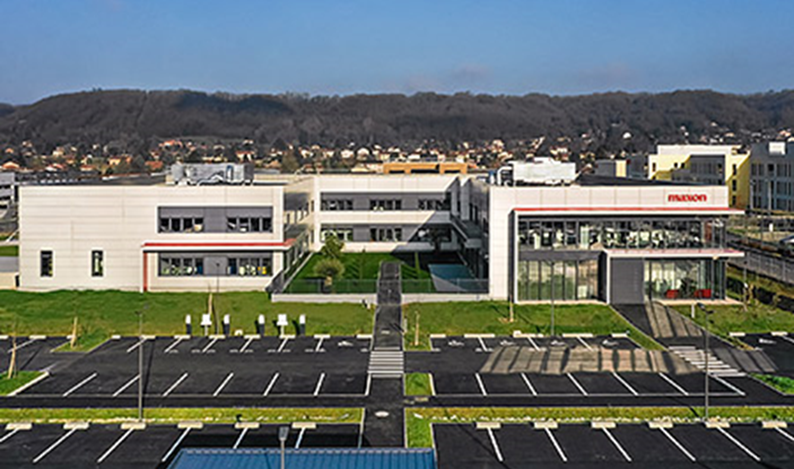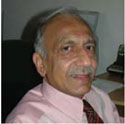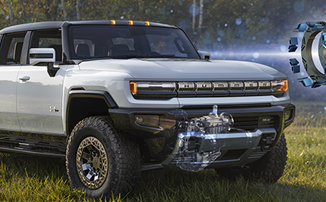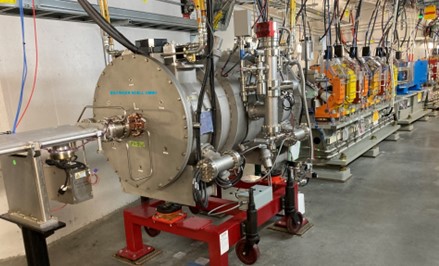
Bilfinger Noell will supply customized superconducting wigglers to two leading synchroton facilities, Diamond Light Source in the UK and the Australian Synchrotron, strengthening its position as a major supplier of superconducting insertion devices such as superconductor undulators and superconductor wigglers with its unique and patented design. The insertion devices are the result of a collaboration with Karlsruhe Institute of Technology (KIT) which will also carry out the cold test of the units.
They improve the efficiency of insertion devices, helping provide powerful light sources for scientific studies. The use of superconductivity allows higher flux and wider photon energy range compared to a permanent magnet-based device, enabling facilities to reach higher performance and broader tunability ranges. The KIT-Bilfinger Noell undulators exploit superconductivity to increase the strength of the alternating magnetic field on beam axis. They operate at cryogenic temperatures, but do not require liquid helium, as they are fully conduction cooled.

Located at the Harwell Science & Innovation Campus in Oxfordshire, Diamond Light Source is the UK’s national synchrotron. It works like a giant microscope, harnessing the power of electrons to produce bright light that scientists can use to study anything from fossils to jet engines to viruses and vaccines. The machine accelerates electrons to near light speeds so that they give off light 10 billion times brighter than the sun. Known as beamlines, these bright beams are then directed off into laboratories where scientists use the light to study a vast range of subject matter from new medicines and treatments for disease to innovative engineering and cutting-edge technology.
Whether it’s fragments of ancient paintings or unknown virus structures, at the synchrotron, scientists can study their samples using a machine that is 10,000 times more powerful than a traditional microscope. Diamond is one of the most advanced scientific facilities in the world.
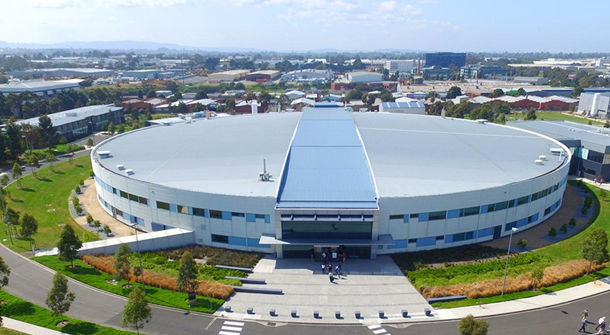
Based in Wurzburg, Germany, Bilfinger Noell produces superconducting magnets and functional magnetic systems for research facilities and projects worldwide. It is a unit of Bilfinger Group, headquartered in Mannheim. For more info, see www.bilfinger.com and www.kit.edu.

